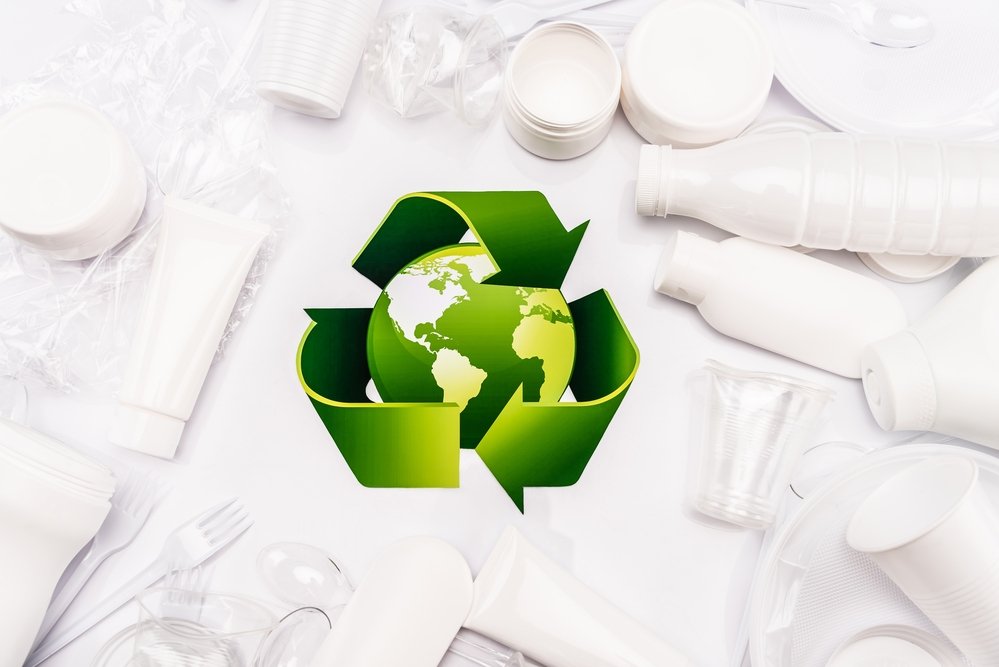Palo Alto, California began investigating where its recycling goes four years ago, he says NBC News. Results;
The account of Palo Alto, today, is not optimistic. About 40% of its recyclable material remains in North America, where it is supposed to be processed according to strict environmental and labor standards. The other 60% or so goes abroad, mostly to Asia, with almost no transparency about its fate.

Experts say cities and towns across the United States will likely have similar difficulty determining how much of their recyclables are actually recycled.
"If you keep things out of landfills but dump them in Laos, you're not accomplishing the goal," said Martin Bourque of the Center for Ecology in Berkeley, California, a group advising Palo Alto in its pursuit of transparency. "That was not the idea of recycling."
The main obstacle faced by Palo Alto was that too many companies that market the city's recyclables to the global markets declined to name their partners, citing professional reasons. Unable to compel disclosure, Palo Alto city staff concluded they can't find a clue. "It is not possible to determine definitively whether the materials are recycled correctly or whether they may cause environmental or social problems," they wrote in a report published this year....
Palo Alto officials said they learned two lessons this year.
First, they need to recycle more in the US… and second, as the city's mayor Ed Shikada said, is that Palo Alto can't transform the global recycling system on its own.
In March the city began talks with other interested California cities to discuss possible reforms at the local or state level. Shikada said they might seek to expand recycling capacity in California, for example, or ask lawmakers to impose new transparency requirements on companies that export recyclables.
The article also cites World Bank estimates that only about 9% of waste is ultimately recycled in region of East Asia and the Pacific.
"The rest goes to landfills and incinerators or to nature, with local and global consequences... H research shows that Southeast Asian countries rank among the top global sources of ocean plastic.”





